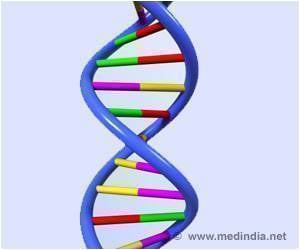Using the novel method scientists found a group of candidate substances that they predict to rejuvenate human cells, and that extend the lifespan and improve the health of the model organism C. elegans.

TOP INSIGHT
With the new method, cell culture systems can be used to see how different substances affect the biological age of the cells.
The researchers' method is based on a new way interpreting cellular information, in particular the so-called transcriptome. The transcriptome represents the information about all the RNA present in a particular cell or tissue at a given time. Recently, it has been shown that the transcriptome of a human cell can be used to predict the age of the person from whom the cell came.
The researchers used a large amount of transcriptome data from published sources to develop their method. With machine learning methods, so-called classifiers were built that can distinguish transcriptomes coming from "young" versus "old" donors.
The classifiers were used to analyse changes in the transcriptome of human cells, induced by over 1,300 different substances (data is openly available from the Connectivity Map, Broad Institute, USA). In this way, the researchers wanted to identify substances that could shift human transcriptomes to a "younger" age. The method identified several candidate substances, both those already known to extend the lifespan in different organisms and new candidate substances.
The most interesting substances were further investigated in the worm C. elegans, which is a common model organism for studying ageing. Two substances that could prolong the life of the worms belong to a substance class not previously shown to have this ability; inhibitors that block a protein called heat shock protein 90 (Hsp90). These substances are Monorden and Tanespimycin. Beyond extending lifespan Mondoren also improved the health of these model animals.
The researchers show that the substances work by activating a protein called heat shock transcription factor 1 (Hsf-1). This is known to lead to the expression of so-called chaperon proteins that improve the animals' ability to keep their proteins correctly folded and thus in a functional state throughout their lifetime.
 MEDINDIA
MEDINDIA




 Email
Email





